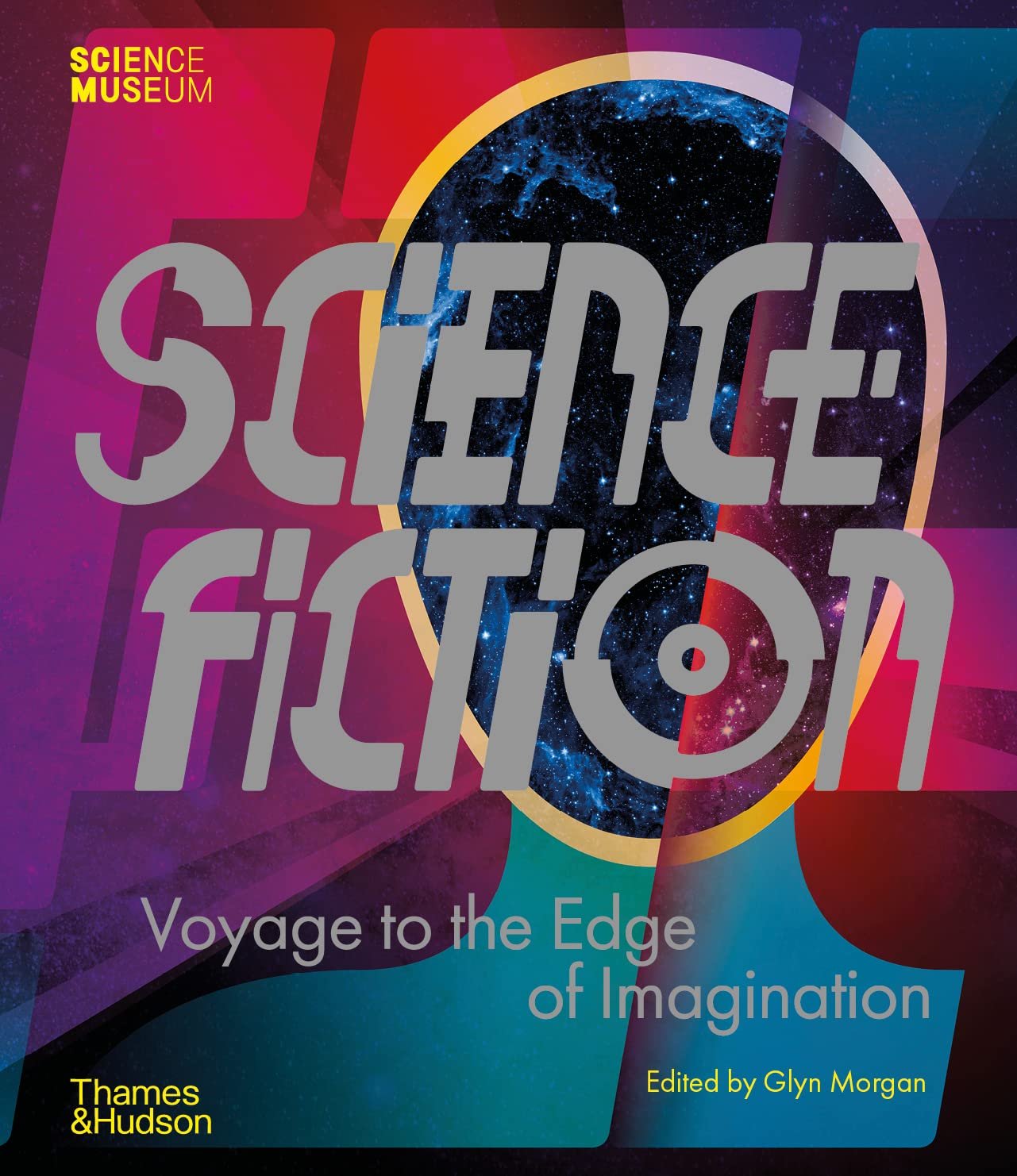Introduction
My review of this book has recently been published in Teach Secondary magazine. I thought some readers might be interested in spotting the differences between the published version, and the copy I submitted.
In the review below, the differences are due to copy editing. However, another review I submitted was — well, I’ll let you be the judge of that if you’re interested. See the end of this article for details.
The published version
The genre of science fiction involves much more than stories of alien invasions and flying saucers. It’s inspired numerous modern miracles – not least the world wide web and everything that came after – and even its arguable progenitor, Mary Shelley’s 1818 novel Frankenstein, continues to inform our thoughts around artificial limbs and the like. This sumptuous work features interviews with prominent thinkers, wonderful artwork, and a gallop through sci-fi’s key works of literature, films and inventions. While originally intended to accompany an exhibition, it works rather well as a standalone volume and a ready source of ideas for firing the imaginations of students in science, English, and even PSHE classes. A timely reminder of how the genre still has the power to provoke and prompt thought in the age of climate change and artificial intelligence, it’s a great reference for dipping into.
My original version
Science Fiction is so much more than alien invasions and flying saucers! Many of the things we take for granted today, including the world wide web, were inspired by science fiction. Indeed, Frankenstein, regarded by some as the progenitor of modern science fiction, gave rise to speculation concerning artificial limbs. The potential benefits– and dangers - of artificial intelligence were first discussed in this genre. Even climate change has been featured. This sumptuous work features interviews with prominent thinkers, wonderful artwork, and a gallop through literature, films and inventions. Although it was designed to accompany an exhibition, it works quite well as a stand-alone volume. It’s a great source of ideas to fire the imaginations of students of science, English, and even – or especially – PSHE. A great book either for reading, dipping into, or reference.
That other review
At the beginning of this article I referred to another review of mine. You can read all about it at the link below. The comments in particular are very interesting.
Review of Old Truths and New Clichés: Two versions: which one is better?

